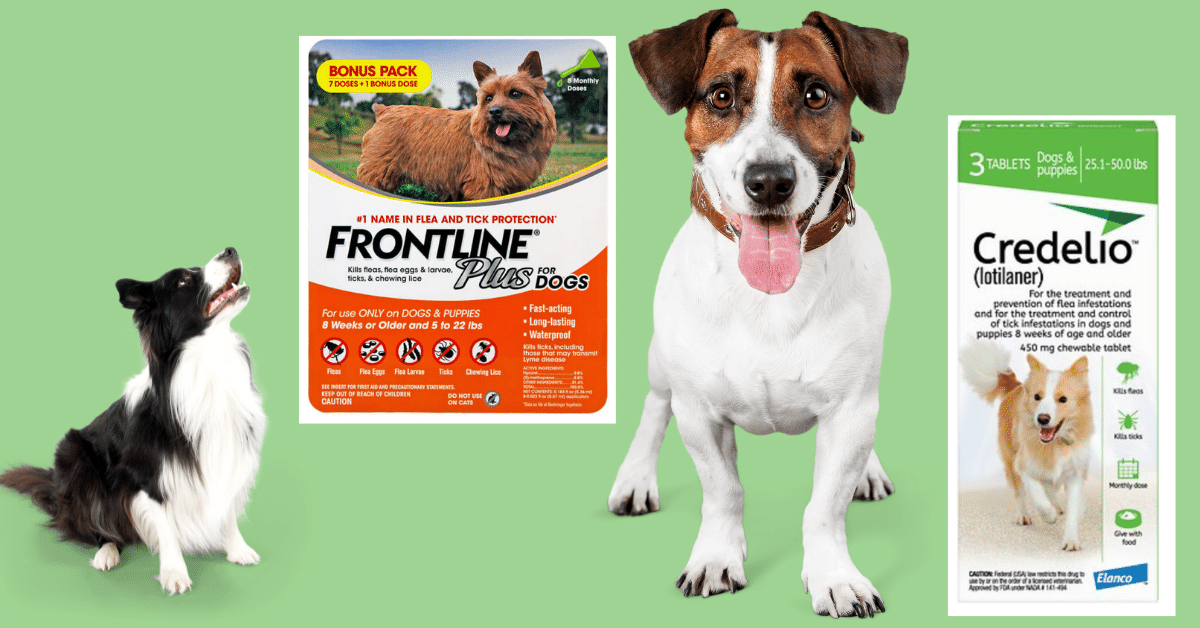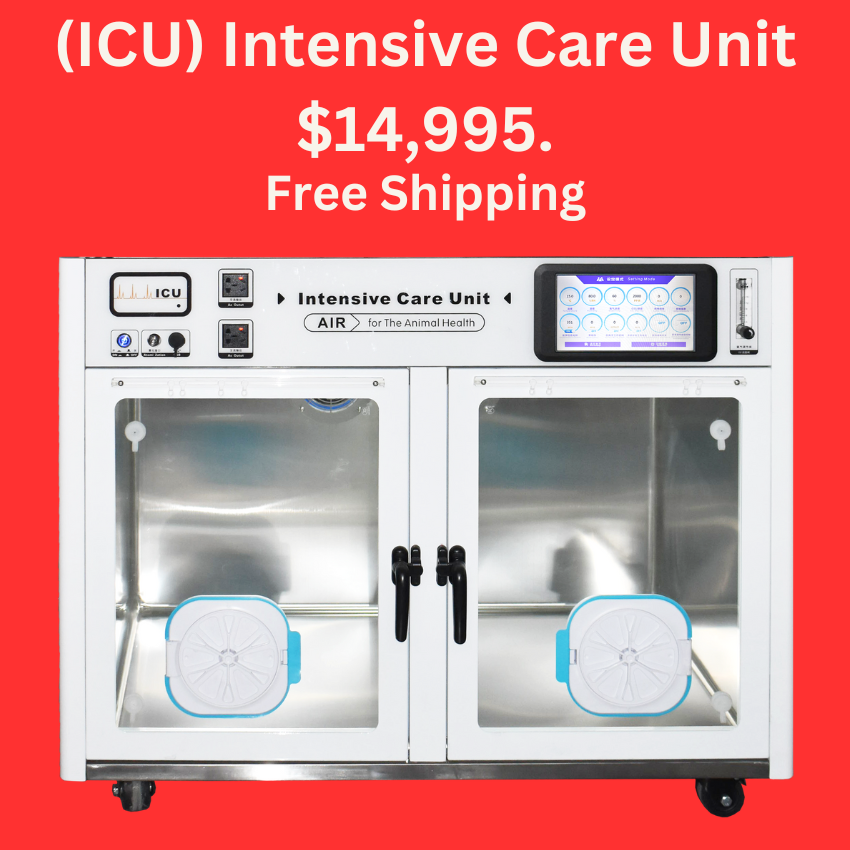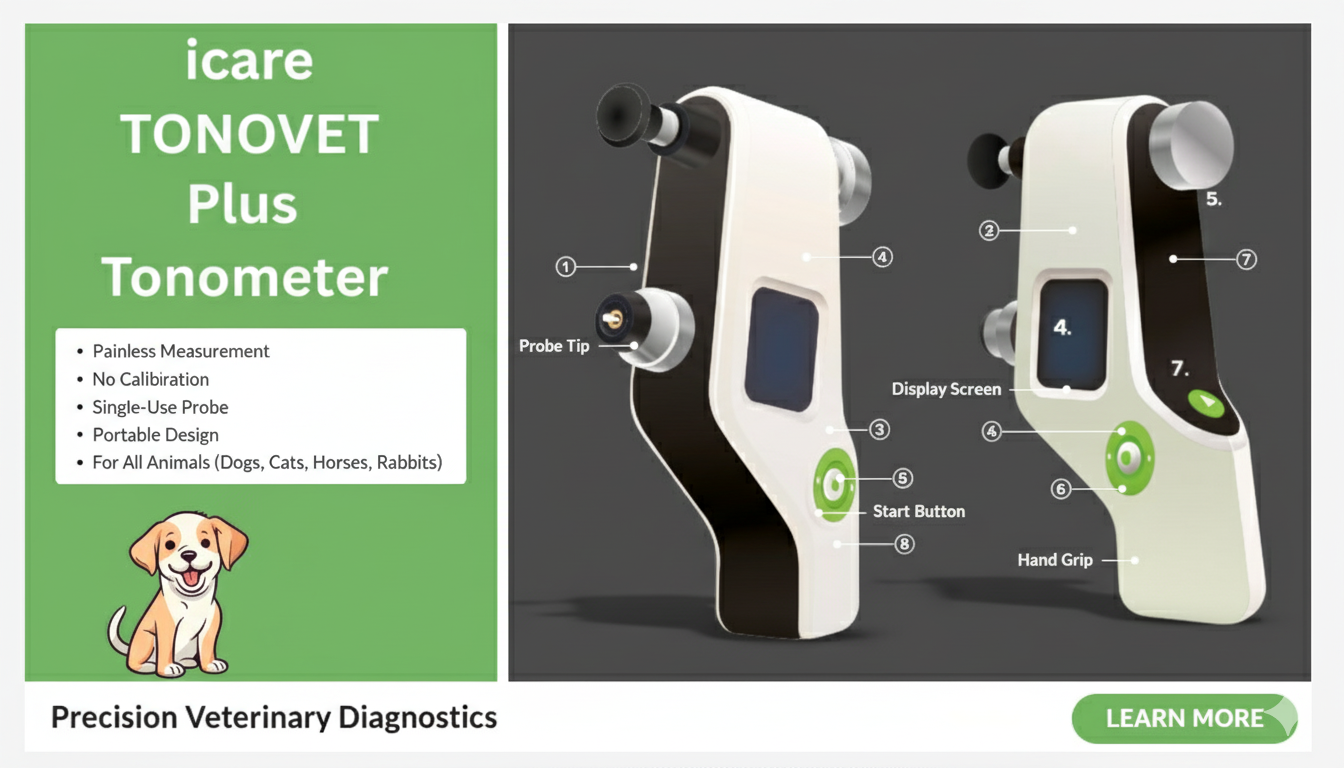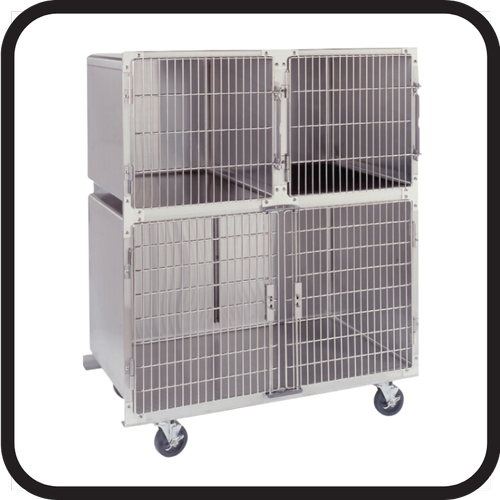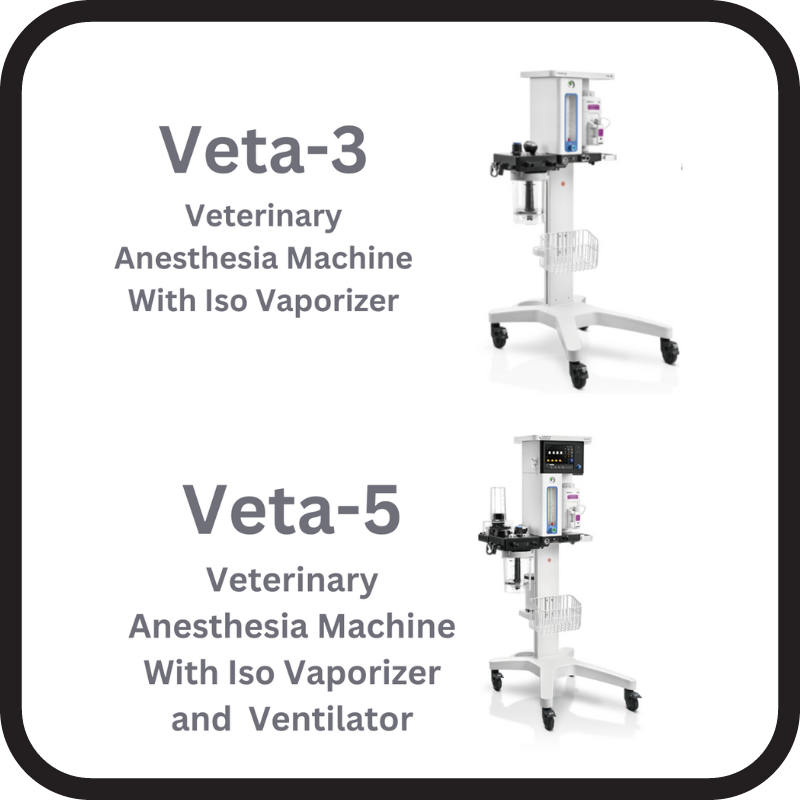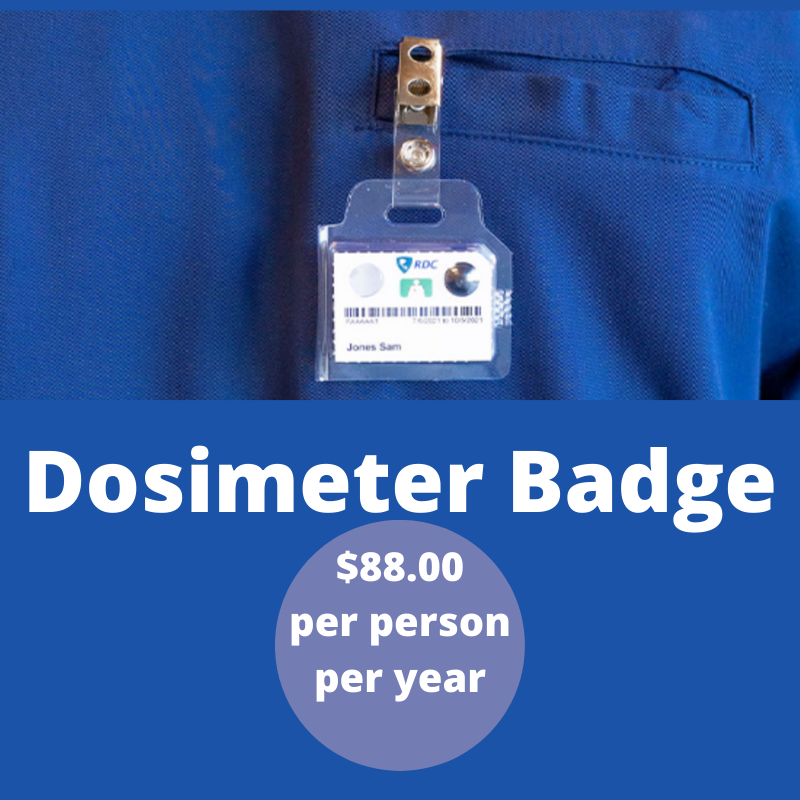Credelio Vs Frontline: Pros & Cons of Both For Your Pet
/Table of Contents
Owning a pet means taking care of absolutely everything they need. We feed them, give them water, make sure they have exercise, and take care of their health. One of the biggest parts of taking care of your pet’s health is preventing pests, and that includes the most common veterinary problem: fleas and ticks.
Between Credelio and Frontline, Credelio is better for an existing infection you need to eliminate quickly while Frontline is better for prevention and for the safety of pregnant animals. Both have benefits and risk factors to consider and can be used in conjunction with other preventative measures.
To properly compare the two medications, you need to understand what these pests are, how they affect pets, and what you can do to control and prevent them.
Why Your Pet Needs Protection
Fleas and ticks are dangerous parasites that live on the skin of other creatures. They feed on those creatures’ blood for their nutrients. The bites made to obtain the blood cause itchy, painful lesions on the skin. They may also pass on dangerous diseases or infections, which can sometimes prove fatal if left untreated.
The Problem with Fleas
Fleas are small, dark-colored bugs that reproduce quickly, producing many offspring that grow to adulthood in as little as two weeks. Their eggs can fall off of your pet and spread around your home, leaving you with microscopic pests all over the place that can spread to other animals, or even to people.
Fleas have a four-part life cycle, whose stages are:
Eggs. Small eggs are laid in clusters that are invisible to the human eye.
Larvae. Flea larvae gather on soft surfaces in order to more easily transfer to a host. They are also invisible.
Pupae. More mobile than larvae, flea pupae will attach themselves to hosts. They are still invisible.
Adult Fleas. Adult fleas are the only visible stage and feed on blood by biting their hosts. This blood fuels the laying of eggs, and the restart of the cycle.
Prevention of these pests needs to take all four stages of the cycle into account in order to halt their reproduction and end an infection. Fleas gather on the head, neck, tail, and belly of dogs. They often carry tapeworm eggs, which can make a skin infection into an internal parasite that is difficult to treat.
The Problem with Ticks
Ticks are another kind of blood-sucking parasite, but their biggest difference from fleas is that when they latch to feed, they stay attached, meaning that it is much more difficult to remove them and puts your pet at risk for blood-borne infections. They also reproduce quickly.
Ticks need to be removed carefully; you’ll need to apply gentle pressure near the head to initiate the release. This is to avoid pushing infected blood back into the animal.
How Pest Prevention Medicines Work
Pest medications work very differently depending on which animal they are designed for and which stage of the life cycle they work against. You should never use a product designed on dogs on a cat, or vice versa.
There are three basic pest prevention medication types, each with their own benefits and drawbacks.
Flea Collars
One option for pest control is a flea collar. A flea collar contains a pesticide that is slowly released over time to prevent the risk of infection. This is good in theory, but in practice, tends to lead to spotty protection that is primarily localized around your pet’s neck. Though simple to use and cheap to replace, they’re significantly less effective than topical or ingested medications.
They also don’t prevent pests for as long as oral tablets and topical medications, lasting only one to two weeks. On top of that, flea collars can irritate the skin of your pet’s neck, and, if their medication is accidentally ingested, be toxic to the animal. Most vets warn against relying on flea collars.
Oral Tablets
Oral flea and tick prevention medication are designed, as the name implies, to be ingested by your pet directly. Their active ingredients enter your pet’s bloodstream and are passed on to pests when they bite your pet, causing them to die rapidly after ingestion and interrupting their life cycle before new eggs can be produced.
While this is perfectly effective, it isn’t necessarily completely preventative, as your pet will still receive painful, potentially dangerous bites. It may also be difficult to administer; if your pet only partially swallows a pill, or spits it out entirely, then reapplication might be unsafe, and you’ll waste parts of the tablet.
Topical Medications
The most popular form of flea and tick control medication, especially for dogs, is topical medication. A topical flea and tick prevention medication is applied to the base of the animal’s neck and absorbs into the skin to provide a physical layer of protection for them.
Many, if not all, topical medications last roughly thirty days if maintained properly (for instance, avoiding bathing immediately before and after application, and limiting bathing to an as-needed basis). Unfortunately, topical medications also tend to leave oily residue on your pet’s skin and might pose issues if there are other animals in the home.
How Credelio and Frontline Shape Up
Among topical medications, there are a few top leading brands most often recommended by veterinarians. Two of these are Credelio and Frontline, which are similar in effect but work from different medications and different application methods. Here’s how they work.
Credelio
Credelio is a fast-acting oral medication (to be taken with food) specifically designed by the Elanco company to eradicate fleas and ticks starting about four hours after ingestion and lasting roughly one month. Because it is an oral tablet, it’s a good option for dogs with sensitive skin who might react poorly to topical applications.
Its active ingredient is Lotilaner, a pesticide in the Isooxazoline family that targets the pests’ nerve systems. This is especially effective against ticks, as it can cause them to release more quickly and easily. The problem with Credelio is that because it is an oral tablet, it doesn’t affect flea eggs and larvae, and so it would need to be used in conjunction with another medication for longer-lasting prevention.
Credelio prides itself on having a stripped-down, basics-only formula. By “purifying” their product, as they put it, they’re able to offer a safer, smaller tablet that protects your pet without cramming in extra filler ingredients. They claim that this makes it gentler on your pet’s system, although they do warn that there is still a risk for seizures and other neurological symptoms in dogs who take this medication.
It is available through prescription only and is safe for dogs older than eight weeks. There is no Credelio product for cats.
Frontline
Frontline is another fast-acting medication, created by the Boehringer Ingelheim company. It’s been a staple product for pest prevention for roughly twenty years and comes highly recommended by veterinarians. Their most popular product, Frontline Plus, is applied topically, which is good for pill-averse pets.
It works on both fleas and ticks. Its active ingredients are Methoprene and Fipronil. It also absorbs quickly and deeply, meaning that, with proper maintenance, it’s extremely water-resistant. It is still an exterior application, though, so it isn’t completely waterproof, which might be problematic for dogs who frequent the water for work or play.
It’s important to note that the active ingredients of Frontline are extremely poisonous to rabbits, so if you have a rabbit in the house with the cat or dog treated by the product, they could be in serious danger if the pets play together. It can also provoke serious dermatological reactions if your pet happens to be allergic to any of the inactive ingredients in the medication.
Because Frontline is topical, though, it’s safe to use on breeding, pregnant, or lactating dogs. It’s safe to use on smaller dogs and works to kill fleas at all stages of the life cycle, meaning it is more effective at preventing future infections. Frontline products come in varying formulations based on the type of animal (cat or dog) and the size of your animal-based on their weight.
Choosing Between Credelio and Frontline
When deciding how to protect your pet, you should contact your veterinarian. Always discuss the detailed pros and cons for your particular animal, and take your vet’s recommendations into account. That being said, here’s a quick lineup of the pros and cons of each medication to consider.
All things considered, if you are focusing on preventing infection, Frontline is the more satisfying and safe option, whereas if you are focusing on treating and eliminating an existing infection, Credelio is the better and faster-working option.
It really does depend on the type of pest infection you are looking to handle.
How to Treat a Pest Infestation
If your pet does become infected, there are a few things you can do to help them recover quickly. Used in conjunction with preventative medications like Credelio and Frontline, these can keep your pet from suffering more serious side effects.
Treating for Fleas
Fleas are most easily treated with a specialized shampoo that contains pyrethrin, which is a repellent and pesticide chemical derived from chrysanthemum flowers. Once your pet has been washed, use a flea comb, a thin-toothed comb designed to pick up adult fleas, eggs, and “flea dirt” (waste products) and remove them from your pet’s hair.
You may need to seek additional help from your veterinarian in the form of an emergency fast-acting medication. Make sure that you thoroughly wash everything your pet has come into contact with, and keep one of the fleas as a sample in case more problems develop, for ease of identification.
Treating for Ticks
Ticks don’t usually infest in large numbers, which is good, but it does mean you’ll have to manually inspect for individual insects. When you find one, you’re going to need to be very careful with how you remove them.
Using tweezers, gently but firmly grasp the head of the tick. Get as close to the skin as you can; you want to avoid pushing any consumed blood back into the bloodstream in case of infections. Pull the tick firmly and directly upwards, making sure that all parts of the insect detach from the animal. Completely disinfect the bite to prevent any infections.
Once again, you’ll want to keep the removed tick in a small jar of rubbing alcohol or water. This is important if your dog develops any serious complications, as it can help local health authorities trace outbreaks and take measures to control them.
How to Prevent Pest Problems for Your Pet
On top of choosing the appropriate medication for your pet, you should also be sure to take regular routine-based measures to prevent pest problems in your house. This gives you another line of defense and control should the medications be ineffective for any reason.
Clean Your Home Often
Clean soft surfaces in your home, including dog beds, blankets, rugs, and coats, often to prevent the development and spread of eggs and larvae. Steam cleaning is especially effective at killing off fleas at all stages, so consider using this method to deep clean regularly, every two to three weeks.
Light cleaning should still happen weekly, and vacuuming, if you have many carpeted areas or fabric-cushioned furniture, should happen daily if possible. You should also rinse or wipe off your shoes before bringing them into the house, as you can track them in the soles’ treads. Getting rid of the eggs and larvae through meticulous cleanliness can interrupt the life cycle and prevent infestation.
You should also be sure to check your pet for any pests before bathing them and after they spend extended time outside. Carefully check their eyes, ears, bellies, and tail areas frequently for any signs of discoloration, inflammation, or strange bumps. You should also comb through their fur with a flea comb to identify any adults or waste products that can point to a larger infestation.
Monitor Outdoor Environments
Monitoring when and where your pets play outside is extremely important in keeping pests under control. Some factors that you can look out for include:
Temperature. Hotter environments tend to be better breeding grounds for pests. Consider limiting your pet’s outside time during the hotter months of the year.
Humidity. Damp environments are the perfect ecosystem for bugs and other pests to thrive, especially when combined with heat. Consider keeping your pets indoors during the most humid times of day and of the year.
Standing water. Standing water with no current, such as an outdoor pool or birdbath, or other container that has become filled with rainwater, can hold eggs and larvae for a variety of pests, including mosquitoes, that will bother both your pets and you. Tip out any standing water that you have; if you have a pool, run the filtration system regularly to keep the water moving.
Plantlife. Certain plants can easily attract and house dangerous pests. One example is Spanish Moss, which is a known favorite of ticks and is incredibly common in the American Southeast. Remove these plants from your property if possible. There are also repellent plants, like citronella grass, sage, and mint, which you can incorporate into your landscape design to act as natural controls.
Cleaning your yard is an important part of keeping pests away from it. This means regularly mowing your grass, pruning foliage back, and cleaning up the clippings and other waste products left behind by this maintenance. Make sure that your pet does not have access to debris containment or disposal piles, and that you keep main play areas open and free from the significant overhang.
Keeping Your Pets Safe
No one wants to deal with health problems for their pets, and though fleas and ticks may look like a minor inconvenience most of the time, they’re still dangerous. Pests like this can carry debilitating, permanently damaging, and sometimes even fatal diseases that can make your pet suffer much more than just a bite.
This is why prevention and fast treatment are absolutely essential parts of owning an animal. We all want to keep our pets as safe as possible for as long as possible, and making sure that we’ve got the right medication for them is important. Knowing your options and learning the pros and cons of each one is the responsible thing to do to keep your pet happy, healthy, and by your side.
Sources:
https://www.allivet.com/t-frontline-plus-vs-credelio.aspx
https://www.1800petmeds.com/comparison?cgid=cat50&p0=prod11932&p1=prod10459
https://www.youtube.com/watch?v=ynEMFFj-PSM
https://www.gardendesign.com/plants/mosquito-repellent.html
https://frontline.com/plus-for-dogs
https://www.petbasics.com/parasites/fleas/ticks/how-to-get-rid-of-fleas-ticks-in-yard/
https://www.epa.gov/pets/controlling-fleas-and-ticks-around-your-home
https://drjustinelee.com/how-to-pick-a-flea-and-tick-medication-for-your-dog-or-cat-dr-justine-lee/
https://www.healthline.com/health/healthy-home-guide/how-to-get-rid-of-fleas#pet-flea-removal

